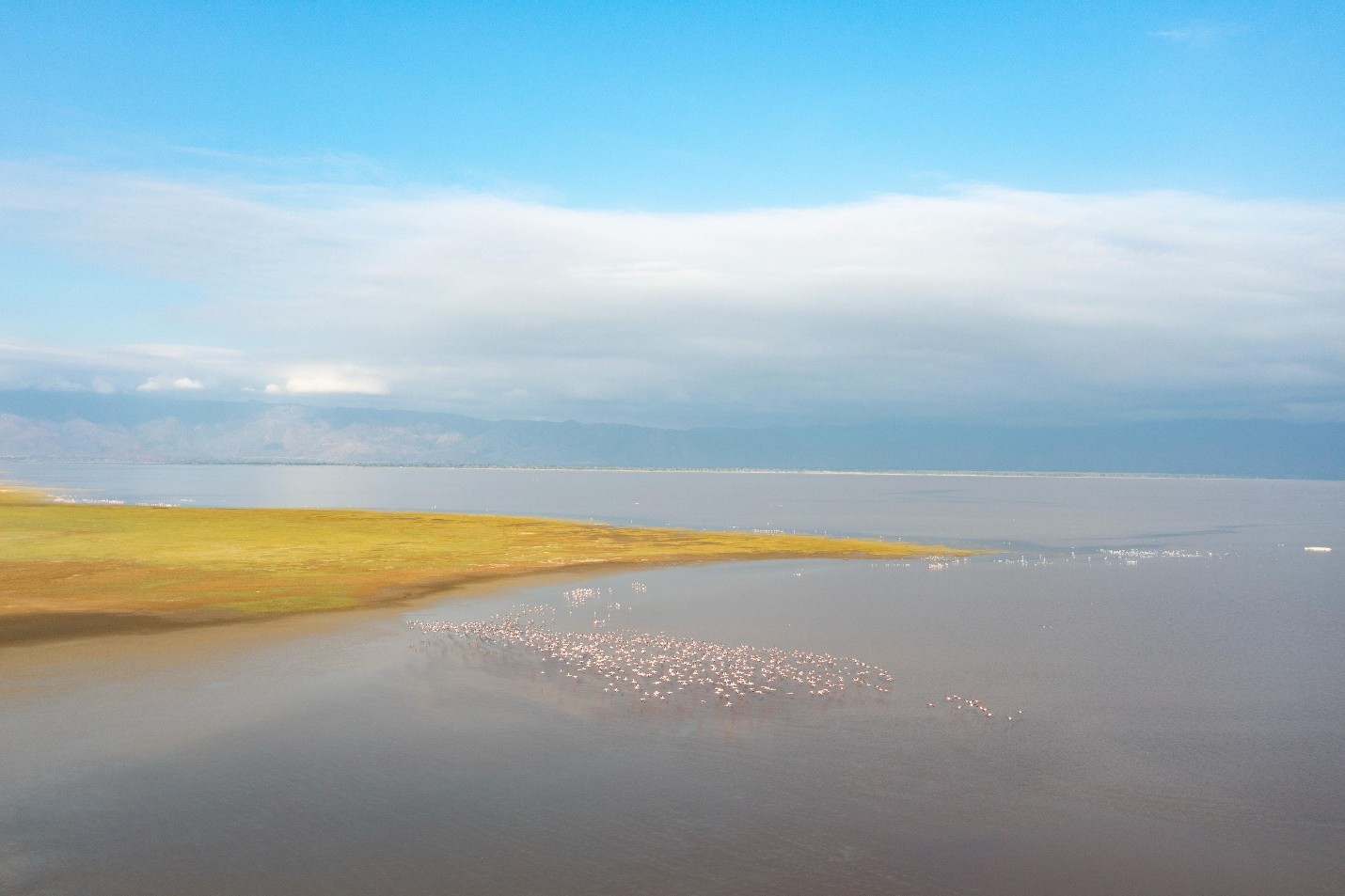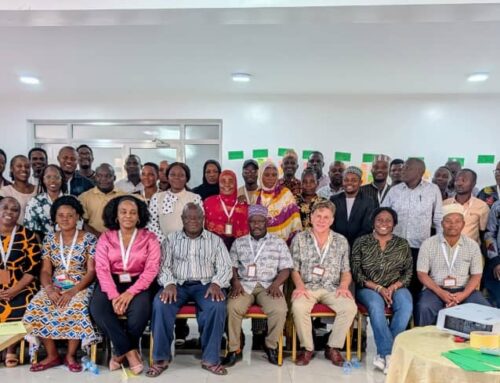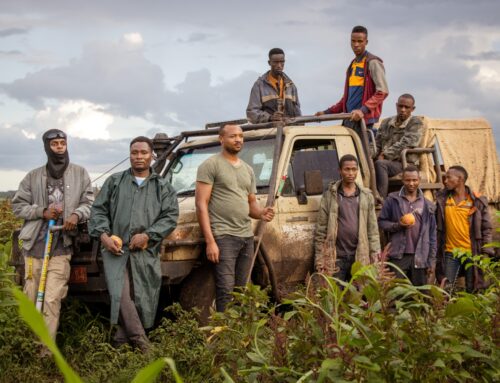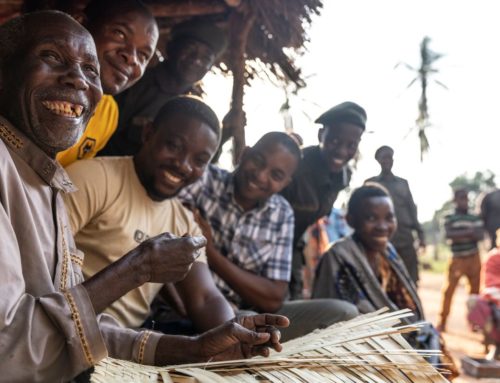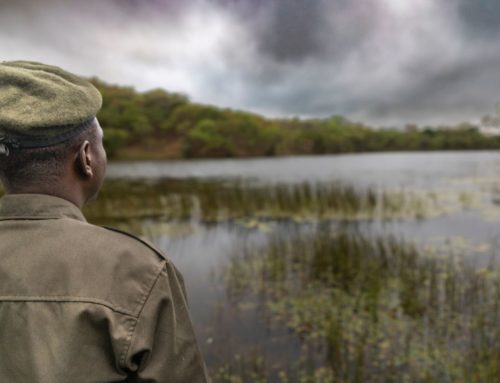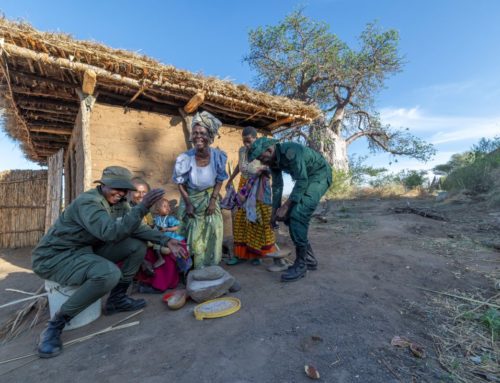Photo above: Lake Burunge photo Monica Dalmaso
Burunge Wildlife Management Area: A Model of Community-Led Conservation Success
Background
Established in 2004, the Burunge Wildlife Management Area (WMA) in Northern Tanzania is a community-owned conservation haven. Strategically positioned between the iconic Tarangire and Manyara National Parks, Burunge serves as a critical migratory corridor within the Tarangire-Manyara ecosystem. Its vibrant landscape, home to the second-largest population of migratory ungulates in East Africa and the largest elephant population in Northern Tanzania, reflects its ecological significance.
Size and Location
Spanning 283 square kilometers, Burunge WMA is nestled in Babati District, just 27 km from Tarangire National Park’s main gate and less than 28 km from Lake Manyara’s southern boundary. Its proximity to these parks enhances its ecological and economic potential.
Biodiversity and Cultural Values
Burunge boasts diverse wildlife, thriving ecosystems, and a unique cultural heritage with ten ethnically varied villages comprising approximately 49,946 residents. The WMA’s revenue-sharing model allocates 50% of tourism income to member villages, promoting community benefits and conservation harmony.
Threats
Despite its ecological and economic promise, Burunge has faced governance challenges, conflict among stakeholders, and wildlife-related issues such as crop raids by elephants. These challenges underscore the need for equitable governance and effective management.
Conservation Successes
Burunge WMA exemplifies conservation triumphs:
- Zero Poaching: No elephants have been poached in seven years, a testament to strengthened anti-poaching strategies. Poaching of elephant has been recorded in November 2024
- Conflict Mitigation: Over 58% of community farms are now protected from wildlife raids, aided by training for 300 individuals in human-wildlife conflict management.
- Professional Management: Governance has improved through training 37 individuals and developing management tools, while the WMA achieved stage 2 in the Management Assessment and Tools framework (MAT).
- Tourism Revenue: Burunge has established contracts with Six tourism operators, generating sustainable funding. Since 2021, it has independently covered its operational expenses.
Work and Results Within BIOPAMA Action Component
The partnership with Honeyguide Foundation under the BIOPAMA initiative has catalyzed Burunge’s progress. Through the Site-Level Assessment of Governance and Equity (SAGE) and tailored capacity-building efforts, Burunge has emerged as a model of community-led conservation. Governance training, tools like the Business Enterprise Sustainability Tool (BEST), and conflict resolution forums have transformed Burunge into an equitable, transparent, and participatory conservation area.
This article has been produced with the financial assistance of the European Union and the Organisation of African, Caribbean and Pacific States through the BIOPAMA Programme. The contents of this document are the sole responsibility of Honeyguide and can under no circumstances be regarded as reflecting the position of the European Union nor the Organisation of African, Caribbean and Pacific States.’
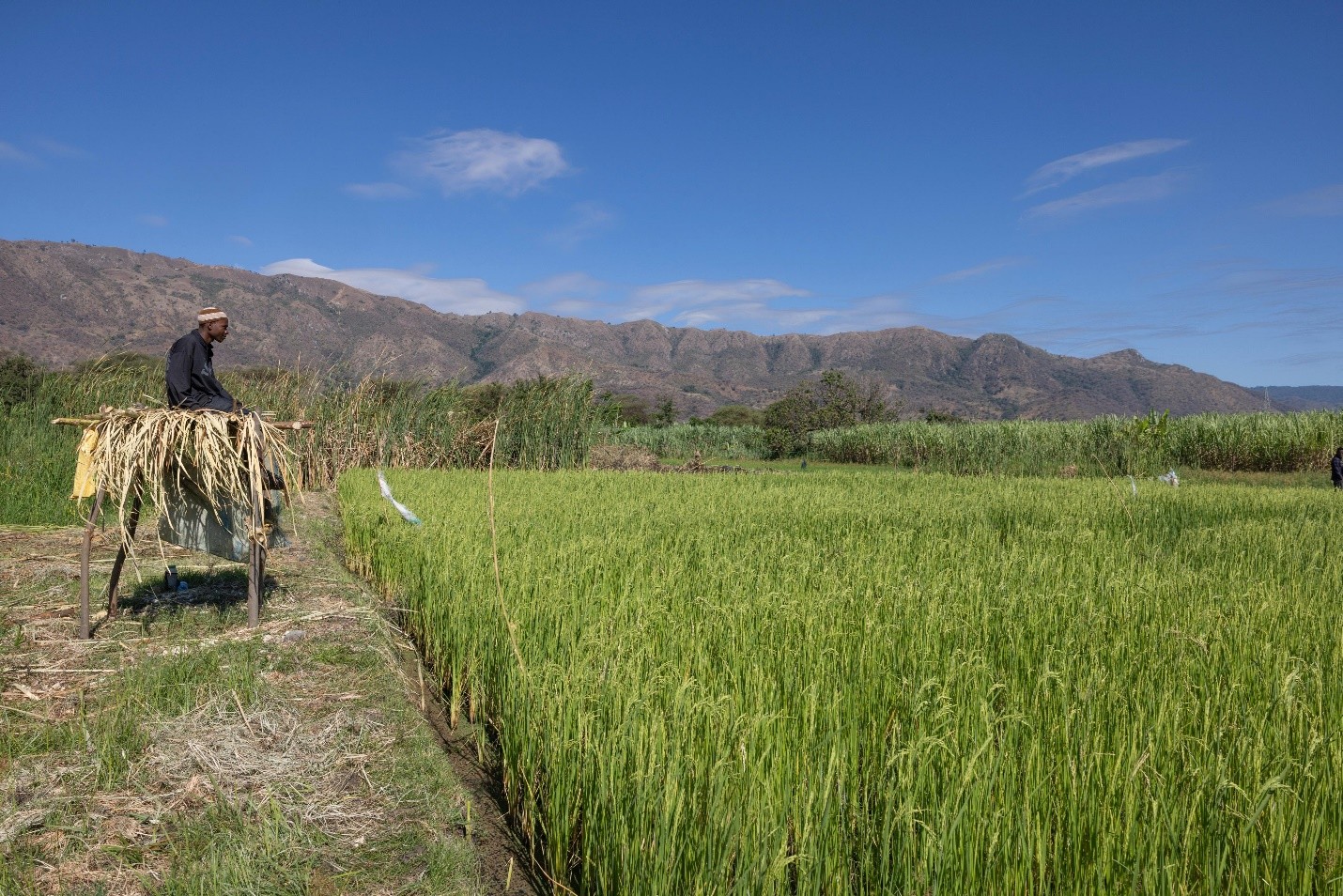
Farmer on a farm in Burunge WMA: Photo by Monica Dalmaso
A Model for Inspiration
Burunge WMA’s journey demonstrates the power of community-driven conservation, achieving ecological, economic, and social sustainability. Its successes inspire other protected areas to strive for equitable governance and biodiversity preservation.
This Inspiring Place article has been produced with the financial assistance of the European Union and the Organisation of African, Caribbean and Pacific States through the BIOPAMA Programme. The contents of this document are the sole responsibility of Honeyguide and can under no circumstances be regarded as reflecting the position of the European Union nor of the Organisation of African, Caribbean and Pacific States.

